We Are Proud Of Our SafeSurf Rating!

Arizona Travels & Tours
Pictures, Photos, Images, & Reviews.
Casa Grande
National Monument
Ancient Hohokam Ruins
Coolidge, Arizona, USA
George and Eve DeLange
Google Map To Casa Grande
National Monument, Ancient Hohokam Ruins, Coolidge, Arizona
View Larger Map
 |
| Casa Grande Ancient Hohokam Ruins. The "Big House" ( or Siwan Wa'a Ki: in O'odham ). January 10, 2010. |
|---|

Click On Any Of The Following Links By Amazon.Com
For Books, & Videos About About Arizona Native American Ruins. No Obligation!
"Casa Grande" is Spanish for the name "big house" ( or Siwan Wa'a Ki: in O'odham ) ; both of these names refer to the largest structure on the site, which is the remains of a four story structure that dates from the late Hohokam period, probably 14th century and may have been abandoned in the mid - 1,400's. The "big house" structure is made of very hard soil called caliche, and has managed to survive the extreme weather conditions for about seven centuries. Some graffiti from 19th-century visitors is scratched into its walls; which is now illegal to do. Casa Grande has a distinctive modern roof covering the "big house" that was built in 1932. Oral traditions say the big house was built by "Chief Morning Green, who had a wife and daughter who left him for a rival chief, as well as a daughter who gave birth to a witch." Casa Grande Ruins National Monument was the first cultural and prehistoric site to be protected by the United States government. It was set aside in 1892 by President Benjamin Harrison. The Casa Grande Hohokam Ruins, was listed on the National Register of Historic Places on October 15, 1966. A Google Earth Map search marks the center of the Casa Grande Hohokam Ruins parking lot at 32o 59' 42.66" N 111o 32' 11.24" W. The elevation is about 1,421 feet. It is thought that this site was used by the ancient Hohokam (ho-ho-KAHM) people in Arizona. According to oral tradition, the Hohokam may be the ancestors of the historic Akimel O'odham and Tohono O'odham peoples in Southern Arizona. According to oral tradition, the Hohokam may be the ancestors of the historic Akimel O'odham and Tohono O'odham peoples in Southern Arizona. The Hohokam culture, which spanned some 1450 years � from 1 A. D. in the first millennium to A. D. 1450 � suddenly appeared and vanished into the darkness of history. During that time, the Hohokam raised new standards in innovation, art, and craftsmanship. They also had trade and cultural connections into Mesoamerica. Based upon the first archaeological evidence, researchers believed that early Hohokam pioneers into northern Sonora and southern Arizona, imported a more advanced Mesoamerican influence into the area, founding the Hohokam culture, around the beginning of the first millennium. Based upon later archaeological evidence, other researchers believed that local descendants of the ancient hunting and gathering traditions of the desert, responded to influences from Mesoamerica and emerged as the Hohokam. Yet other students have suggested that the Hohokam immigrants arrived from an unknown Mesoamerican region and swept across the deserts of southern Arizona and northern Mexico. It is thought by those researchers that the Hohokam immigrants probably over ran the hunter/gatherers in the region of southern Arizona, sometime in the second half of the first millennium. Yet other investigators say that the Hohokam region was nothing more than a Mesoamerican frontier outpost. And others believe that the Hohokam culture represented nothing more than a local cultural development with a Mesoamerican tint. In any case, not much is known about their origins. The Hohokam occupied a geologically and ecologically diverse region, which extended from the basin and range and the low desert country of northern Sonora and southern Arizona northward into the Mogollon Rim escarpment and onto the southwestern edge of the Colorado Plateau. The Hohokam people had many settlements in the Gila and Salt River valleys of southern Arizona. They built rectangular pit houses from earth, rather than stone, and lived in small villages. They cremated their dead and placed the ashes in a specially prepared pit Although the Hohokam relied a great deal on hunting and gathering, they also were skilled farmers and excellent engineers. They were a peaceful people who cooperated to build large canal networks. Some of their canals were over ten miles long and used gravity to control water flow and to flush out the silt. Between the 7th and 14th centuries they built and maintained these extensive irrigation networks along the lower Salt and middle Gila rivers that rivaled the complexity of those used in the ancient Near East, Egypt, and China. These were constructed using relatively simple excavation tools, without the benefit of advanced engineering technologies. These highly successful agricultural techniques produced a surplus of food. Villages and populations grew. Over the next 1500 years the Hohokam expanded their settlements into the Tucson Basin, then to the Phoenix area, and as far north as present-day Flagstaff. It is believed that the Casa Grande functioned partly as an astronomical observatory since the four walls face the points of the compass, and some of the windows are aligned to the positions of the sun and moon at specific times of the year. There are various smaller ruins in the Casa Grande complex, including the remains of a Hohokam farming village, and some are yet to be excavated. A second, similarly sized compound is located 850 feet northeast of the Casa Grande, though this is normally closed to the public. Today, the roof and walls of the main building provide shelter for several species of small birds but the Hohokam themselves are thought to have abandoned the complex around the 16th century, as part of a general decline in their civilization. Different from other ancient Indian peoples, Casa Grande was not revisited until the 1880s, when American settlers arrived and began to threaten the ruins by removing artefacts as souvenirs. Thus, in 1892, the Casa Grande became the first archaeological site in the USA to be protected as a national monument.
Casa Grande Hohokam Ruins are located at:
www.nps.gov/cagr/index.htm
|
If you are planning to visit Casa Grande National Monument. And if you are coming from outside of Arizona, you could fly into the Phoenix Sky Harbor International Airport and then rent a car. Then drive a little over an hour south on the I - 10 to the ruins near Coolidge, Az. From Phoenix take Interstate 10 east to Exit 185 (Arizona 187), then make an immediate right onto Arizona 387. Go 6 miles east to Arizona 87 and turn right (south). Turn right at the Arizona 87/287 junction and follow signs to the ruins. You could also drive north up the I - 10 from Tucson, Arizona. That drive is also a little over an hour long. There are many resorts and motels in the area. We have some links to Priceline.com on this page since they can arrange all of your air flights, hotels and car. We also have some links to Altrec.com on this page since they are a good online source for any outdoor camping gear and clothing that you may need. We of course, appreciate your use of the advertising on our pages, since it helps us to keep our pages active. Purchases Must Be Made Directly From The Links On Our Pages For Us To Get Credit For The Purchase.
|
 |
| Map Of Ancient Hohokam Gila River Canals. Main Villages Were At Ends Of Canals. |
|---|
 |
| Possible Ceremony To End The Long Drought Of The Hohokam Gila River Canals. |
|---|
 |
| Ancient Ballcourt. Casa Grande National Monument, Ancient Hohokam Ruins. |
|---|
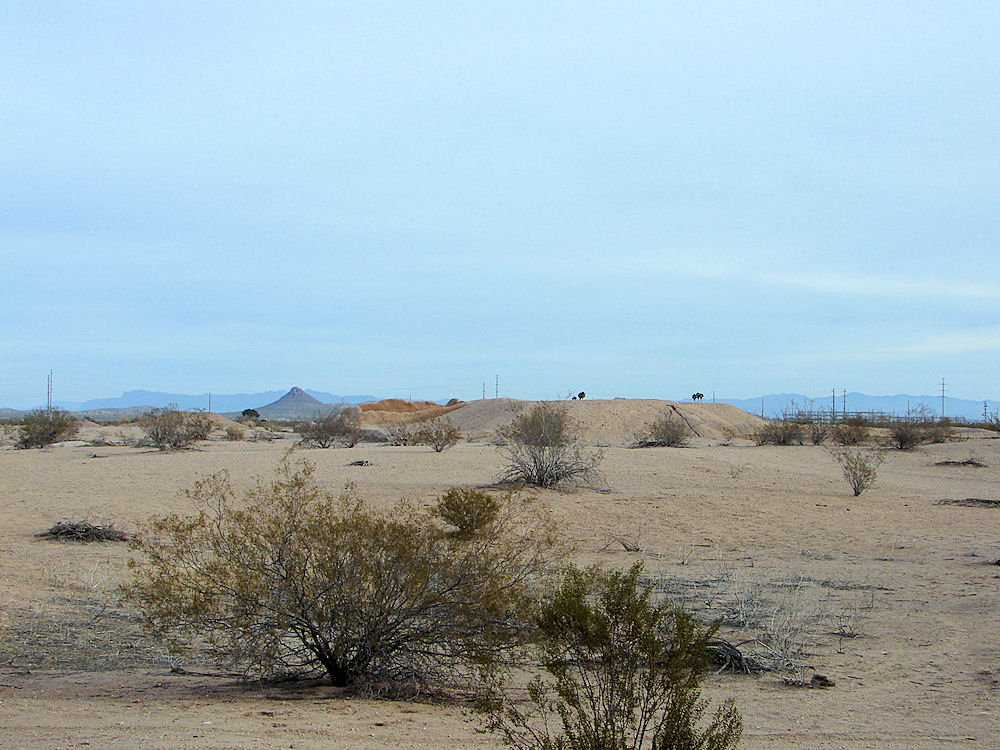 |
| Ancient Village Center. Casa Grande National Monument, Ancient Hohokam Ruins. |
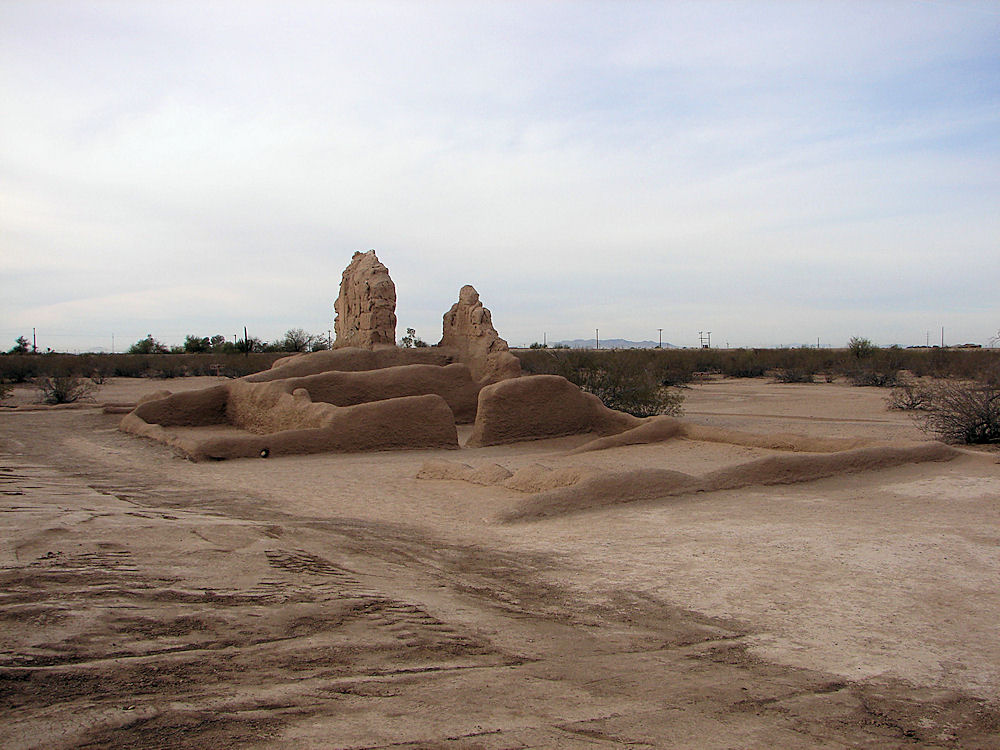 |
| Adjacent Ruins Structures. Casa Grande National Monument, Ancient Hohokam Ruins. |
 |
| Adjacent Ruins Structures. Casa Grande National Monument, Ancient Hohokam Ruins. |
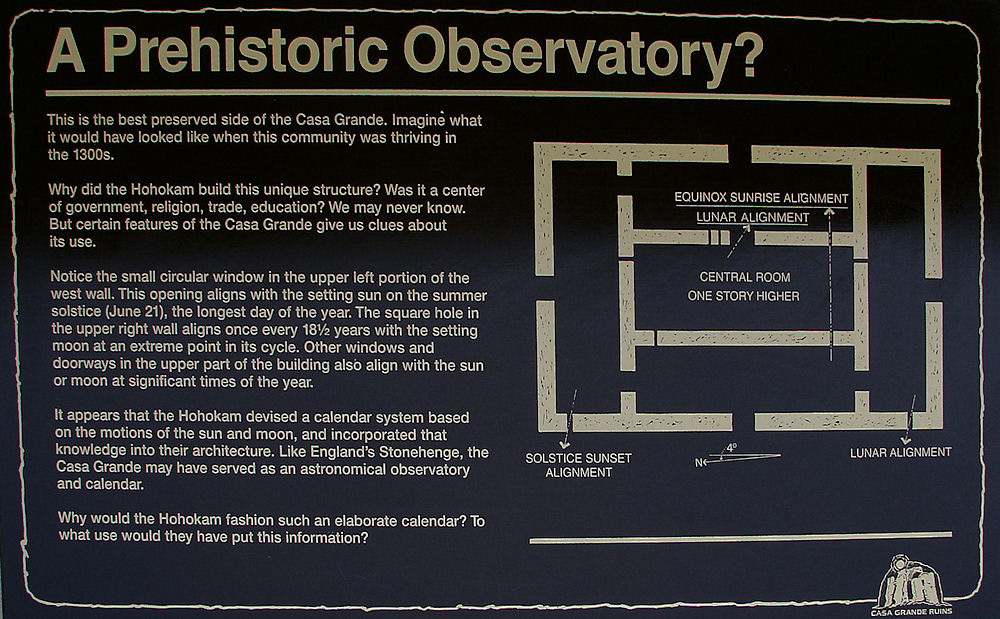 |
| Ancient Observatory? Casa Grande National Monument, Ancient Hohokam Ruins. |
 |
| Ancient Observatory? Alignment Windows Described In Above Image. Casa Grande Ancient Hohokam Ruins. |
 |
| Visitor Center. Casa Grande National Monument, Ancient Hohokam Ruins. |
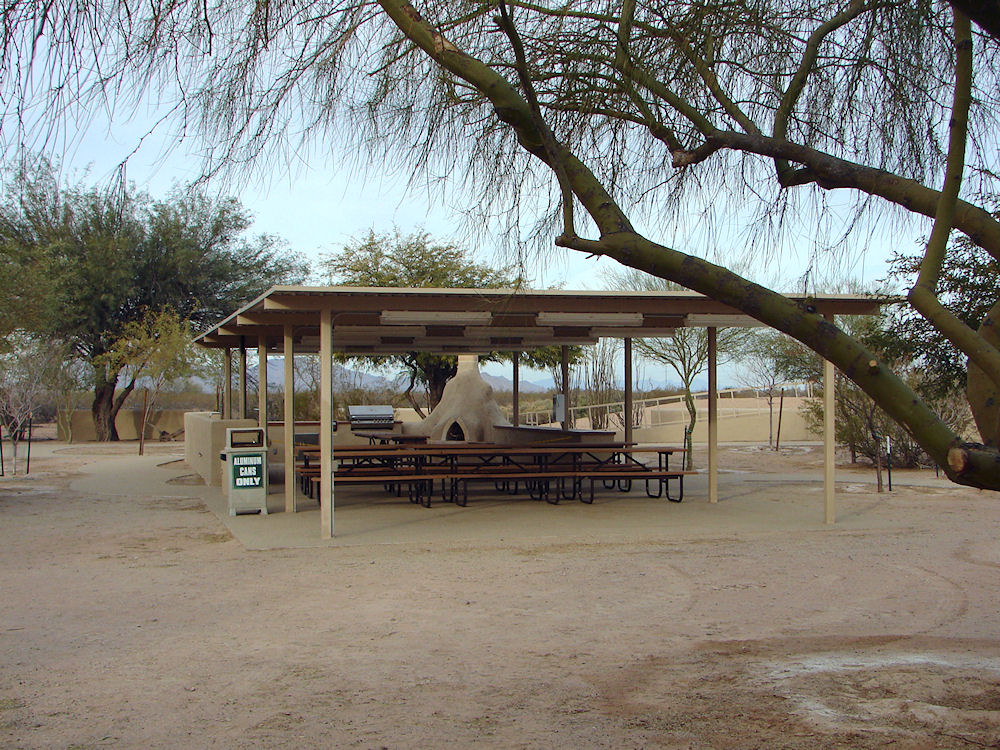 |
| Picnic Area. Casa Grande National Monument, Ancient Hohokam Ruins. |
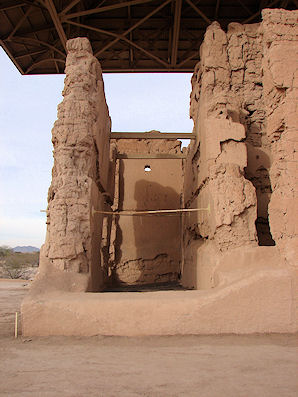 | 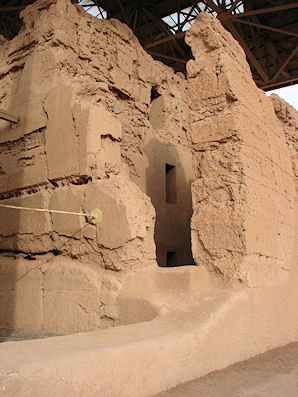 |
| Casa Grande, Coolidge, Arizona. | Casa Grande, Coolidge, Arizona. |
|---|---|
 |  |
| Casa Grande, Coolidge, Arizona. | Casa Grande, Coolidge, Arizona. |
 | 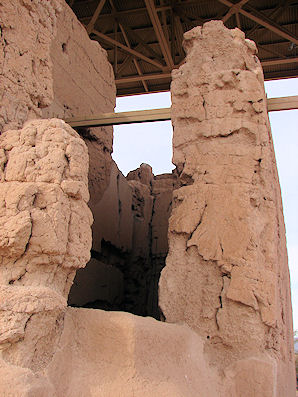 |
| Casa Grande, Coolidge, Arizona. | Casa Grande, Coolidge, Arizona. |
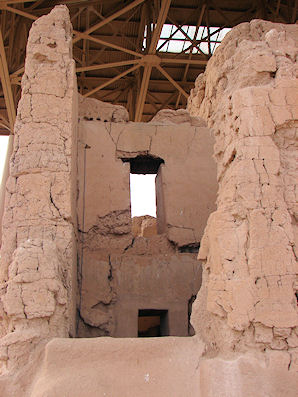 | 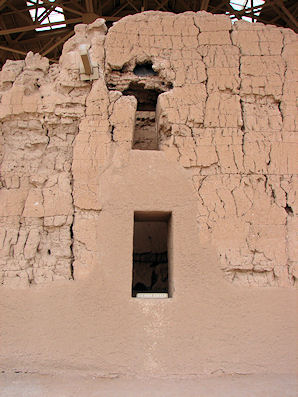 |
| Casa Grande, Coolidge, Arizona. | Casa Grande, Coolidge, Arizona. |
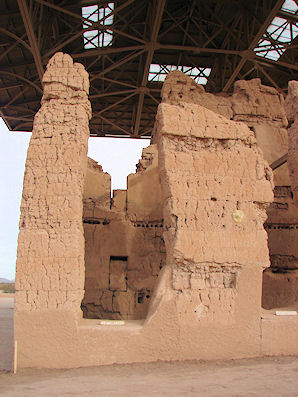 | 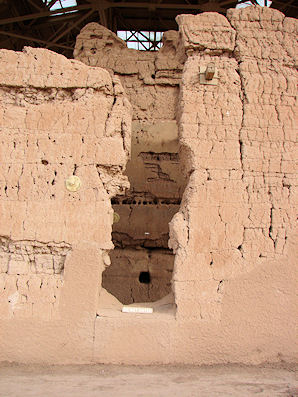 |
| Casa Grande, Coolidge, Arizona. | Casa Grande, Coolidge, Arizona. |
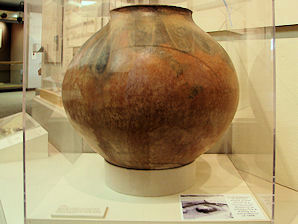 | 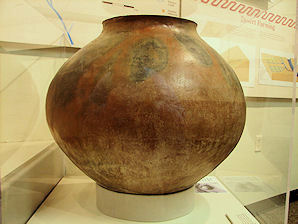 |
| Hohokam Pot Artifact Casa Grande, Coolidge, Arizona. | Hohokam Pot Artifact Casa Grande, Coolidge, Arizona. |
|---|---|
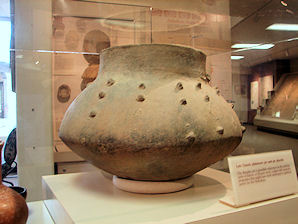 |  |
| Hohokam Pot Artifact Casa Grande, Coolidge, Arizona. | Hohokam Pot Artifact Casa Grande, Coolidge, Arizona. |
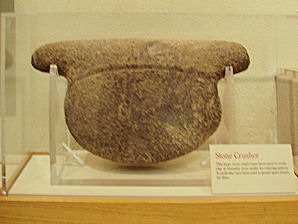 | 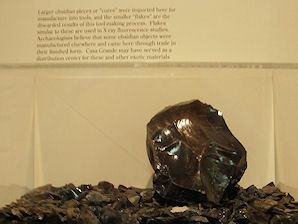 |
| Hohokam Tools & Artifacts Stone Crusher Casa Grande, Coolidge, Arizona. | Hohokam Tools & Artifacts Obsidian Casa Grande, Coolidge, Arizona. |
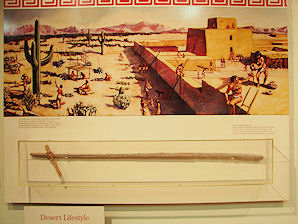 | 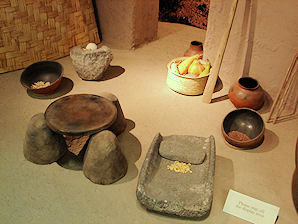 |
| Hohokam Tools & Artifacts "KuipaD" Or Saguaro Gathering Pole Casa Grande, Coolidge, Arizona. | Hohokam Tools & Artifacts Metate, Mano, Stone Grill Casa Grande, Coolidge, Arizona. |
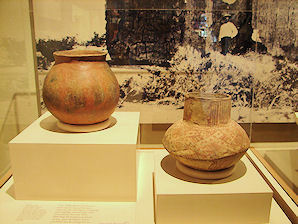 |  |
| Hohokam Tools & Artifacts Pottery Casa Grande, Coolidge, Arizona. | Hohokam Tools & Artifacts Cholla Buds (hanum), Corn (huhni) Saguaro Fruit (hahshani) Mesquite (kui) & Tepary Beans (t'pawi) Casa Grande, Coolidge, Arizona. |
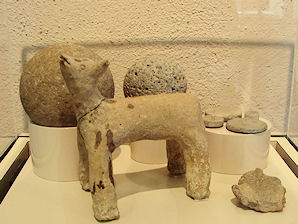 | 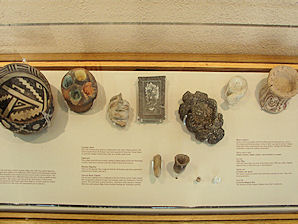 |
| Hohokam Tools & Artifacts Clay Figurine, Stone Balls, Game Disks Casa Grande, Coolidge, Arizona. | Hohokam Tools & Artifacts Casa Grande, Coolidge, Arizona. |
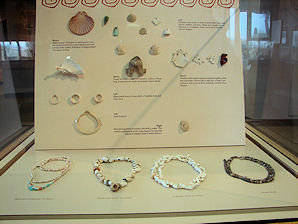 |  |
| Shell Necklaces, Bracelets, Rings, Pendants, Jewelry. Casa Grande, Coolidge, Arizona. | Shell Necklaces, Bracelets, Rings, Pendants, Jewelry. Casa Grande, Coolidge, Arizona. |
 | 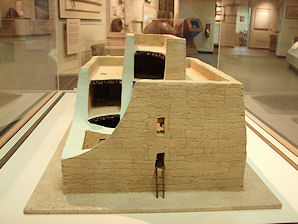 |
| Model Of Casa Grande, Coolidge, Arizona. | Model Of Casa Grande, Coolidge, Arizona. |
 | 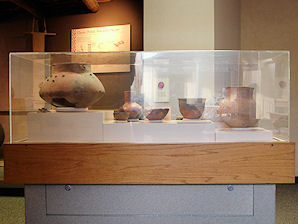 |
| Hohokam Kitchen Model Casa Grande, Coolidge, Arizona. | Hohokam Pottery Casa Grande, Coolidge, Arizona. |
 | 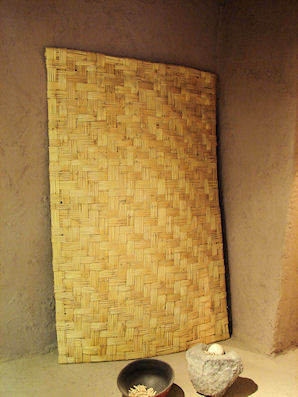 |
| Hohokam Tools & Artifacts Petroglyph Casa Grande, Coolidge, Arizona. | Hohokam Tools & Artifacts Reed Mat Casa Grande, Coolidge, Arizona. |
We Are Proud Of Our SafeSurf Rating!

Click On Any Of The Following Links By Amazon.Com
For Books, & Videos About About Arizona Native American Ruins. No Obligation!



